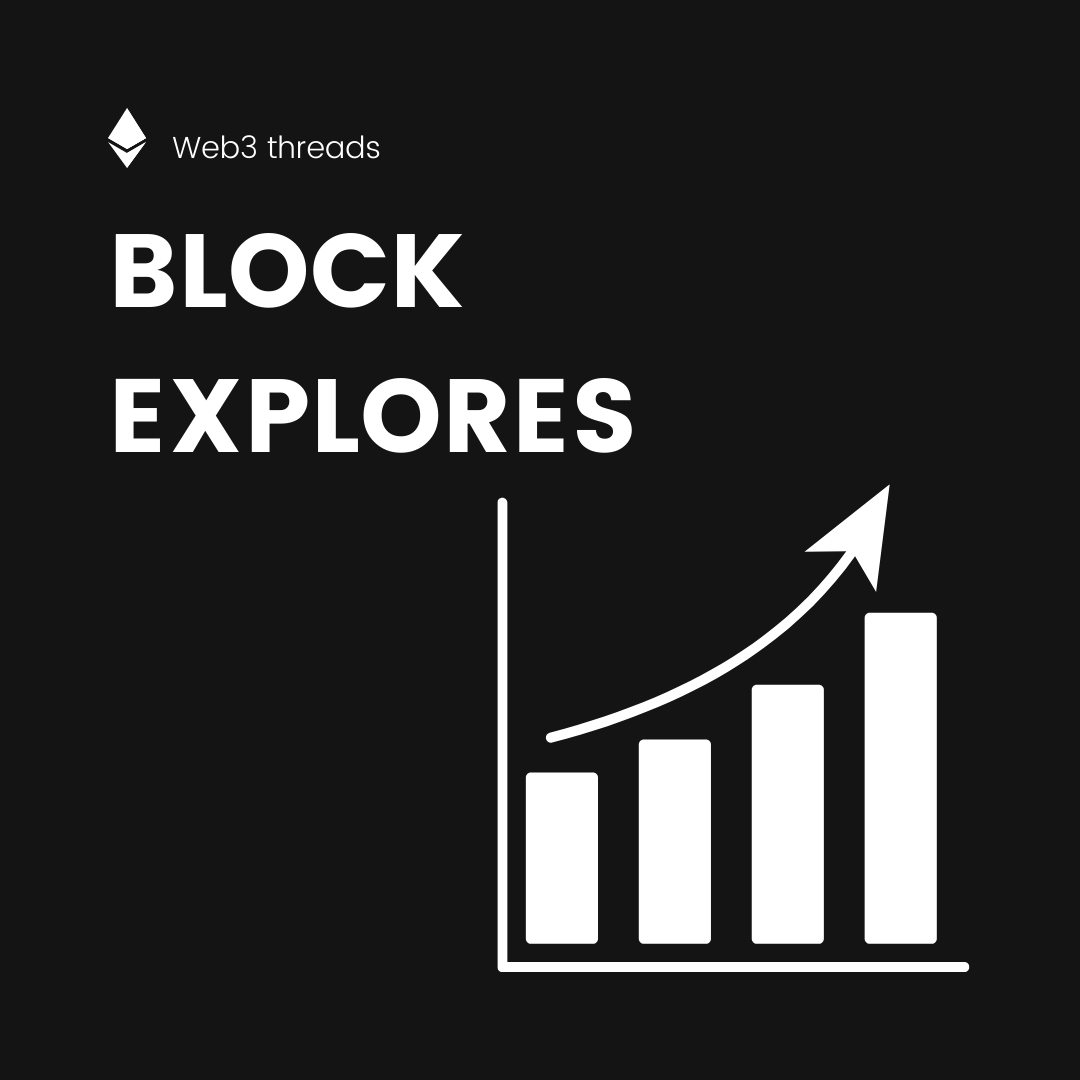
Ethereum Networks thread.
Key concept: Ethereum is not a network, but a protocol that can be implemented to create different networks.
The most famous, mainnet (used for Ether, the cryptocurrency), is one of them.
What's the difference between Public and Private networks?
↓
Key concept: Ethereum is not a network, but a protocol that can be implemented to create different networks.
The most famous, mainnet (used for Ether, the cryptocurrency), is one of them.
What's the difference between Public and Private networks?
↓

Table of Contents
- Intro
- Public and Private Networks
- Mainnet
- Testnet
- Testnet Faucets
- List of EVM networks
- Private Development Networks
- Private Consortium Networks
- Intro
- Public and Private Networks
- Mainnet
- Testnet
- Testnet Faucets
- List of EVM networks
- Private Development Networks
- Private Consortium Networks
Intro
Ethereum is a protocol: there are many independent networks that implement this protocol
Networks are different Eth environments to:
- develop
- testing
- prod
Your account will work across the different networks but your balance/transaction history won't carry over.
Ethereum is a protocol: there are many independent networks that implement this protocol
Networks are different Eth environments to:
- develop
- testing
- prod
Your account will work across the different networks but your balance/transaction history won't carry over.
Public & Private Networks
Public:
- accessible to anyone with an internet connection.
- anyone can read/create/validate transactions
- agreement on transactions/state is by a peers' consensus.
Private:
Nodes are NOT connected to a public network.
⚠Private is NOT secure.
Public:
- accessible to anyone with an internet connection.
- anyone can read/create/validate transactions
- agreement on transactions/state is by a peers' consensus.
Private:
Nodes are NOT connected to a public network.
⚠Private is NOT secure.
PUBLIC NETWORKS
Mainnet
Mainnet is the primary public Ethereum production blockchain, where actual-value transactions occur on the distributed ledger.
When people and exchanges discuss ETH prices, they're talking about Mainnet ETH.
Mainnet
Mainnet is the primary public Ethereum production blockchain, where actual-value transactions occur on the distributed ledger.
When people and exchanges discuss ETH prices, they're talking about Mainnet ETH.
Testnets
They are networks to test protocol upgrades and smart contracts in a production-like environment before deployment to Mainnet.
Most projects have copies deployed to testnets to interact with.
Examples:
- Görli
- Kovan
- Rinkeby
- Ropsten
They are networks to test protocol upgrades and smart contracts in a production-like environment before deployment to Mainnet.
Most projects have copies deployed to testnets to interact with.
Examples:
- Görli
- Kovan
- Rinkeby
- Ropsten
Testnet faucets
ETH on testnets has no real value, so there are some web apps that just provide some ETH to test functionalities:
Usually, you have to wait some minutes (hours) and you can't send multiple requests in the same day
Just google for your testnet + "faucet".
ETH on testnets has no real value, so there are some web apps that just provide some ETH to test functionalities:
Usually, you have to wait some minutes (hours) and you can't send multiple requests in the same day
Just google for your testnet + "faucet".
List of EVM Networks
Chainlist is a list of EVM networks. Users can use the information to connect their wallets and Web3 middleware providers to the appropriate Chain ID and Network ID to connect to the correct chain.
Chainlist is a list of EVM networks. Users can use the information to connect their wallets and Web3 middleware providers to the appropriate Chain ID and Network ID to connect to the correct chain.

Development networks
To develop an Eth application, you'll want to run it on a private network to see how it works before deploying it.
And you can do that.
Think of this as when you build your site on localhost
To develop an Eth application, you'll want to run it on a private network to see how it works before deploying it.
And you can do that.
Think of this as when you build your site on localhost
Consortium networks
The consensus process is controlled by a pre-defined trusted set of nodes.
Example: private network of academic institutions:
- each governs a single node
- blocks are validated by a threshold of signatories.
Think of this as an intranet.
The consensus process is controlled by a pre-defined trusted set of nodes.
Example: private network of academic institutions:
- each governs a single node
- blocks are validated by a threshold of signatories.
Think of this as an intranet.
If you liked this thread, follow @FrancescoCiull4 and share the tweet below. thank you.
https://twitter.com/FrancescoCiull4/status/1485495070958796800
• • •
Missing some Tweet in this thread? You can try to
force a refresh








